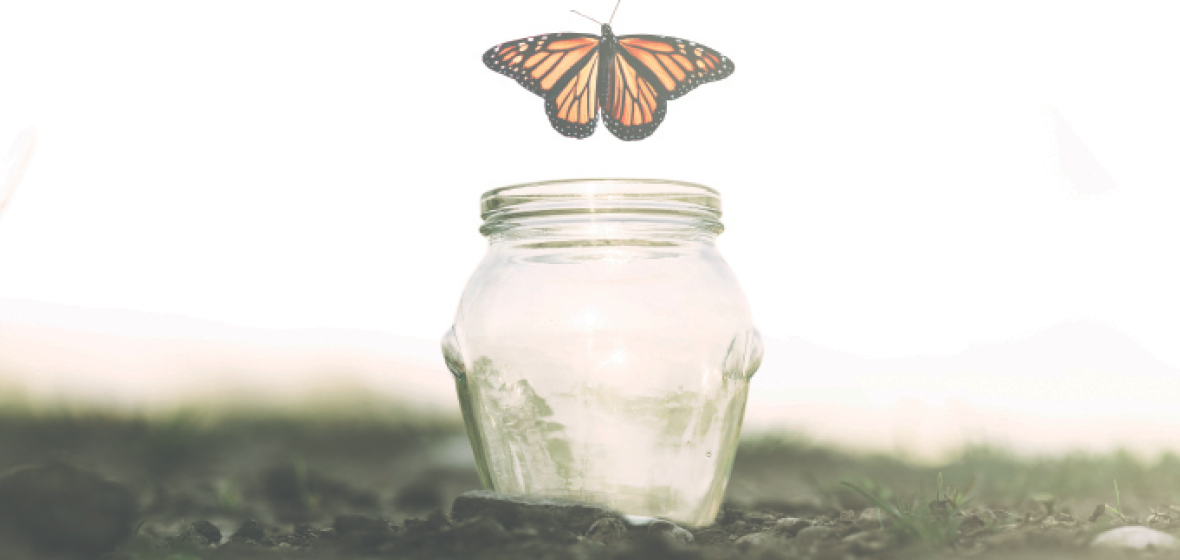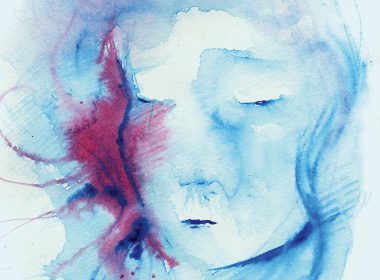We all know the old adage that “change is the only constant in life”, but have you ever contemplated transition, the process that accompanies change?
While change and transition are part of the same process, they are very different. Change is like a digital light switch that’s on or off, transition is like an analogue dimmer. You will generally be able to remember a specific event like the day you moved house, started a new job, got married, or went into full quarantine lock-down. Unlike change, transition cannot be pinpointed to a time and place. It’s a psychological process that shifts you from one condition into another, starting some time before a change event and continuing some time after.
Since there are different kinds of change, you would think that the emotions you feel during transition would be quite different depending on whether the process is joyful or distressing. That’s not the case. Since transition always starts with letting go, sadness and grief are part of the equation, no matter how much you may look forward to the change. Anger and anxiety are also quite common when predictability, one of our core needs, remains unfulfilled. You may not think you have reason to grieve, but when you allow yourself to feel what it means to let go of the old, you will actually find it easier to embrace the new.




